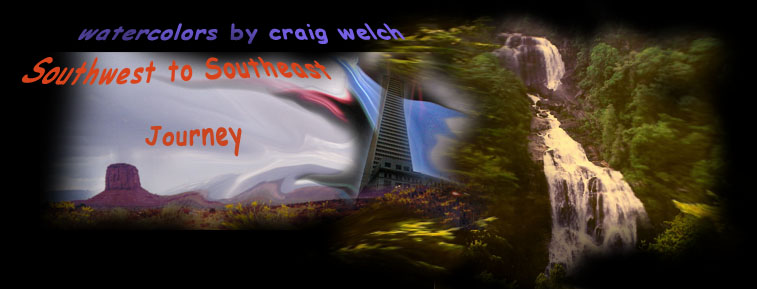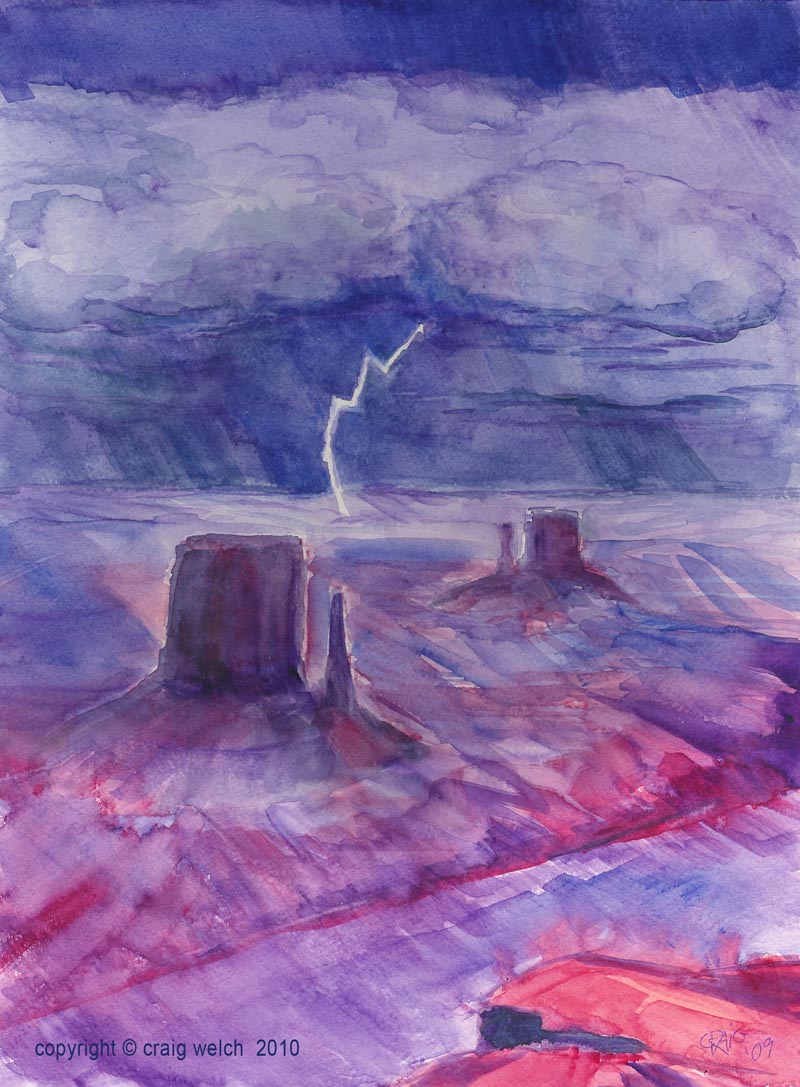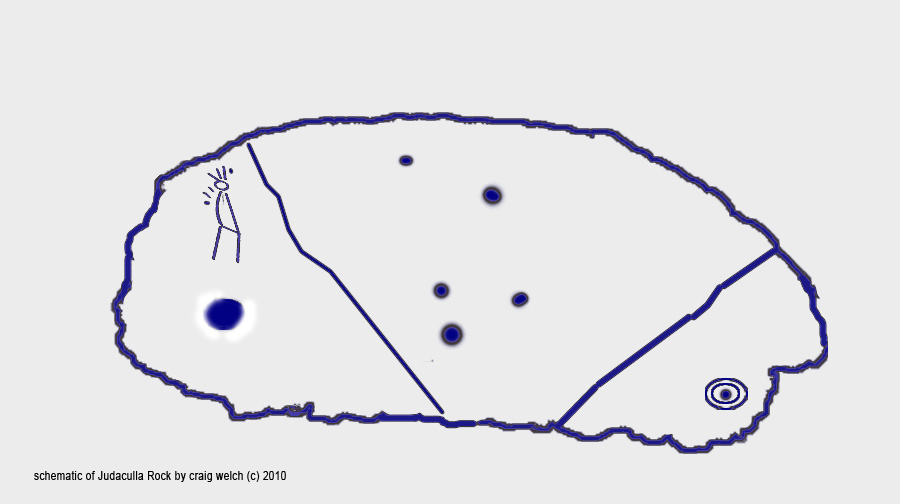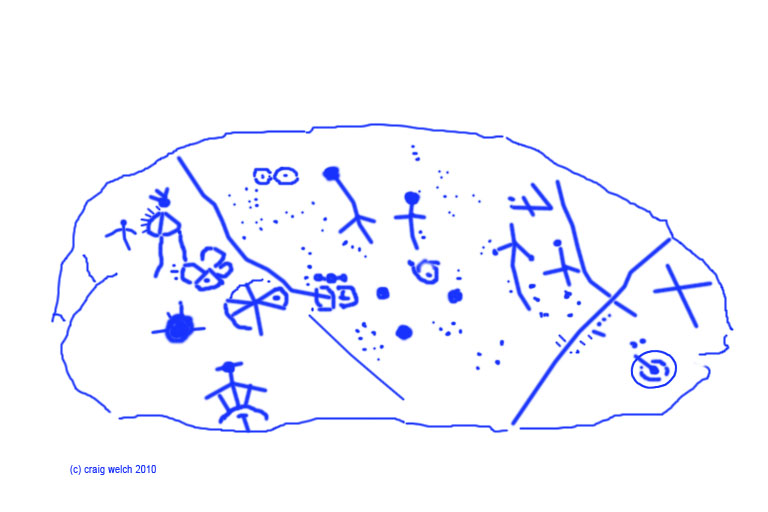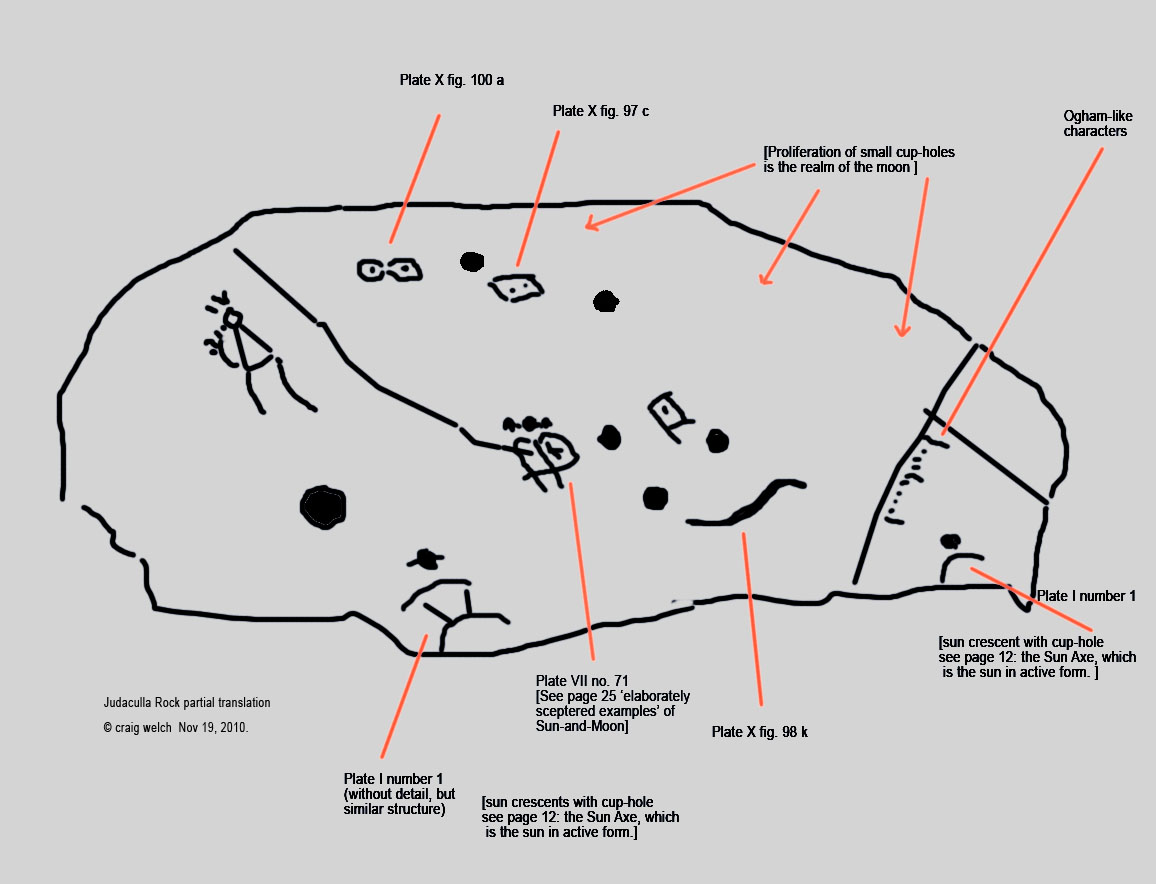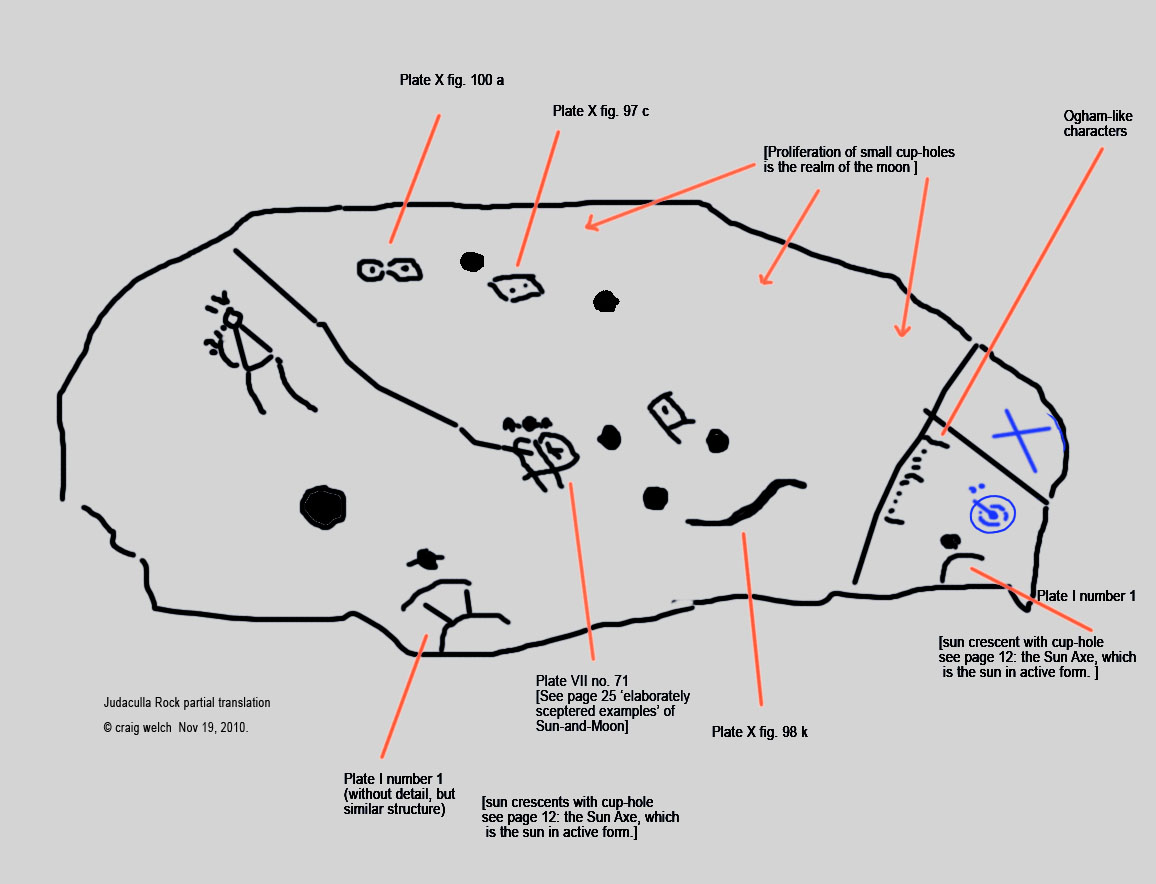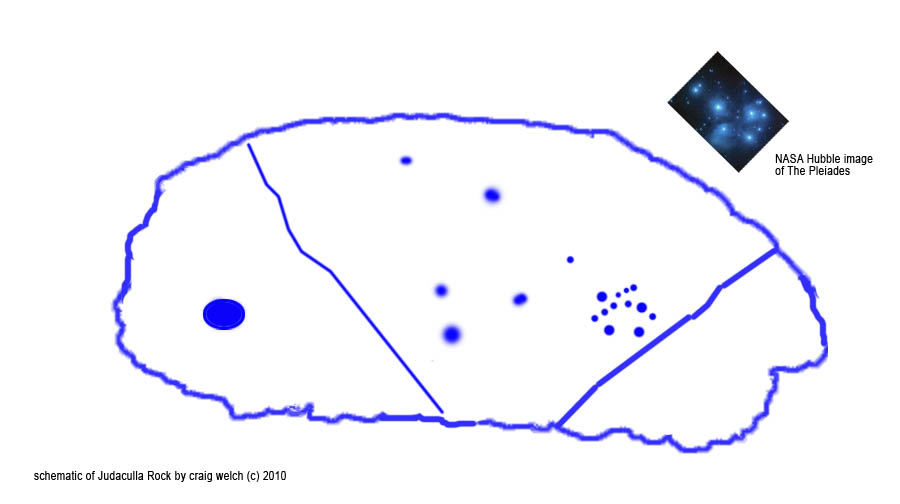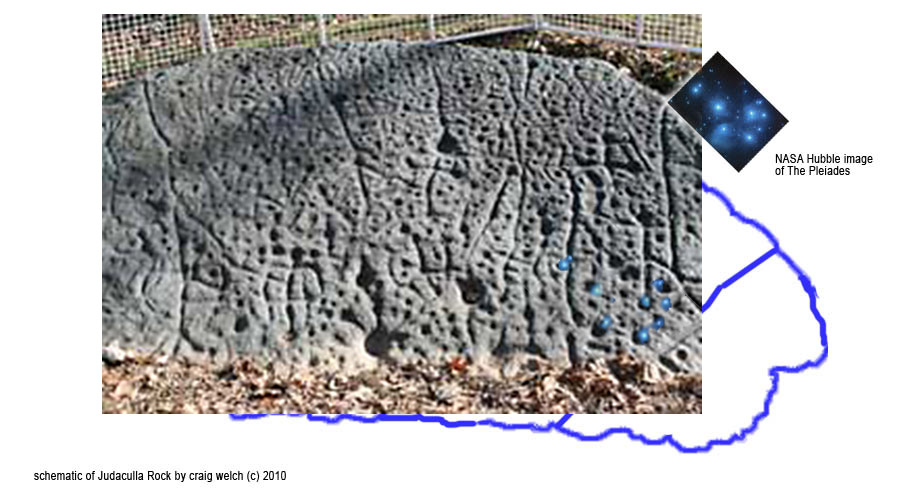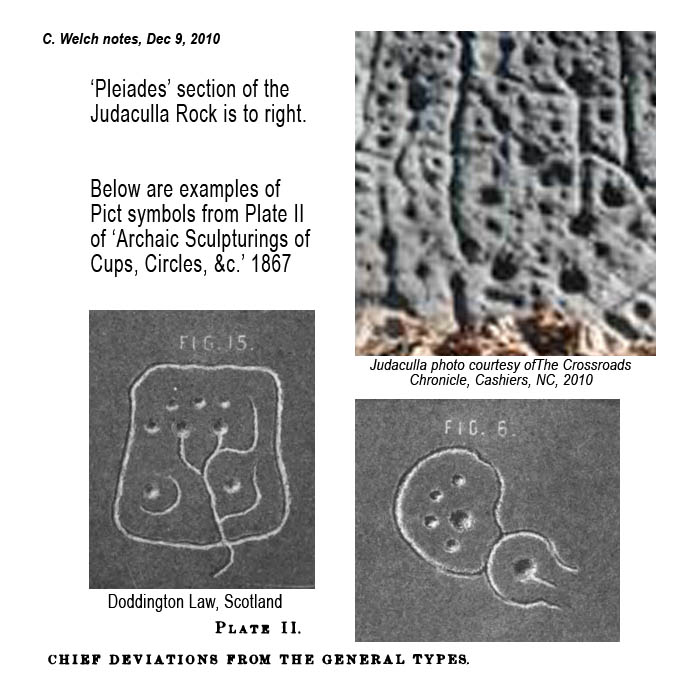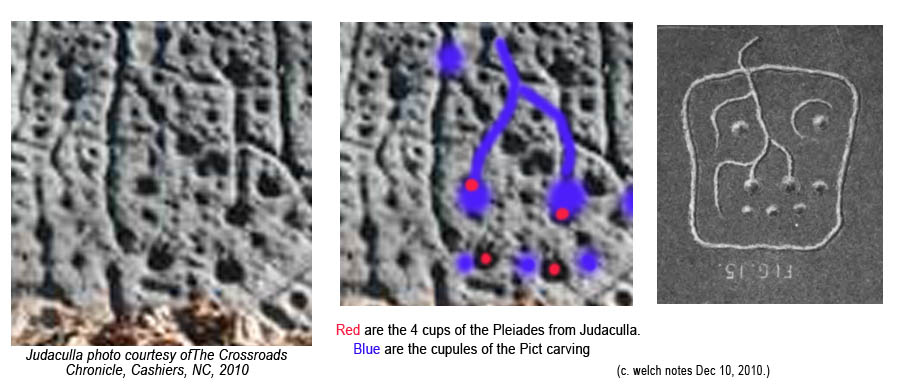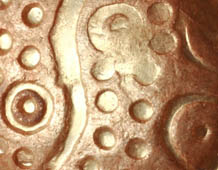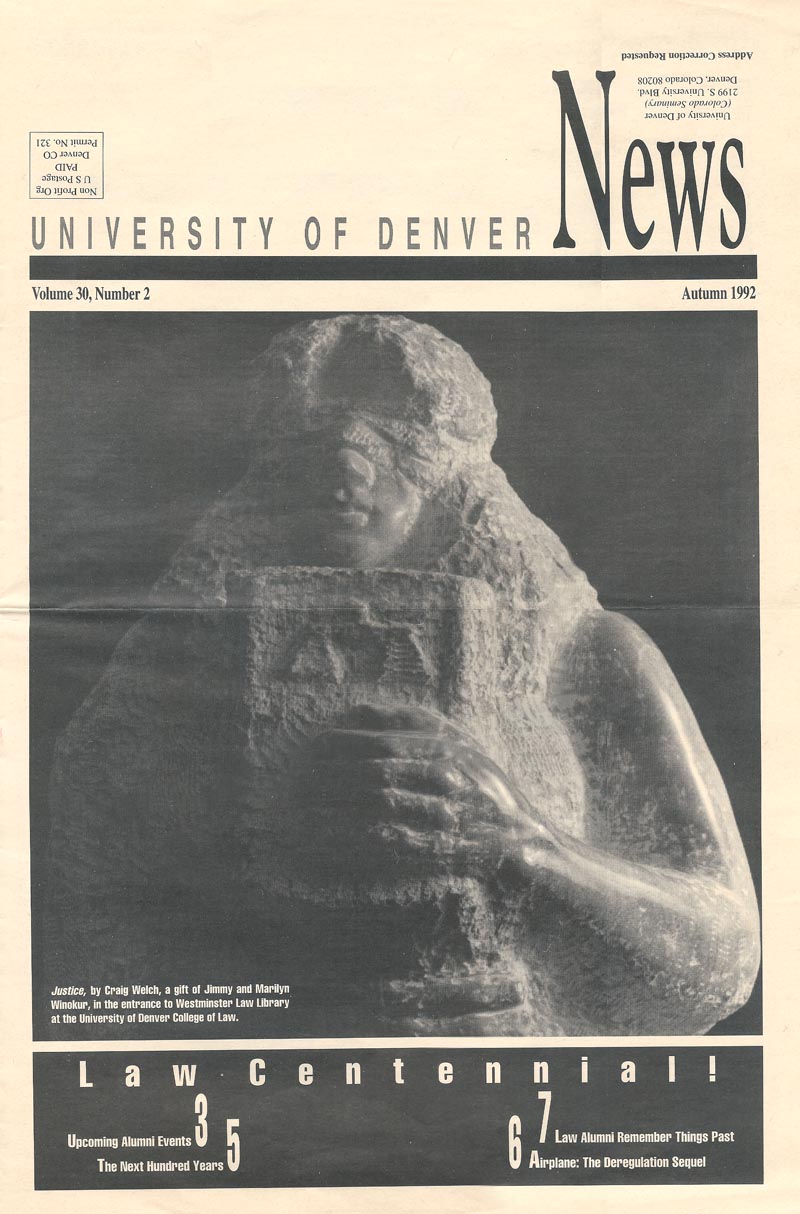|
The Pleiades (Greek: 'The Doves') - Ani'tsutsa (Cherokee: 'The Boys')
In early October the Pleiades star cluster can be seen rising in the eastern
sky at 9 p.m. The open cluster of stars, one of the gems of the night heavens
visible to unaided vision, is small and faint but vividly present. Modern astronomers
know the star cluster by its Greek name, Pleiades - meaning "Doves".
It is one of the oldest recognized star groups (a.k.a. - asterism) in the
northern sky, playing roles in the ancient astronomies of the northern hemisphere
continents of Afro-Eurasia and the Americas. (It would not be visible from the
southern hemisphere latitudes.)
I will give both the Cherokee story told to James Mooney (Smithsonian Report)
and the Greek story summarized by J.M. Edmonds (Loeb Classical Library) as
representative of the type of drama that is woven around this star group.
According to the Cherokee ('19th Annual Report of the Bureau of American
Ethnology to the Secretary of the Smithsonian Institution' 1897-98, p.258):
"Long ago, when the world was new, there were seven boys who
used to spend all their time down by the townhouse playing the
gatayu'sti game, rolling a stone wheel along the ground and sliding a
curved stick after it to strike it. Their mothers scolded, but it did no
good, so one day they collected some gatayu'sti stones and boiled
them in the pot with the corn for dinner. When the boys came home
hungry their mothers dipped out the stones and said, 'Since you like
the gatayu'sti better than the cornfield, take the stones now for your
dinner.'
The boys were very angry, and went down to the townhouse, saying,
'As our mothers treat us this way, let us go where we shall
never trouble them any more.' They began a dance -- some say it
was the Feather dance -- and went round and round the townhouse,
praying to the spirits to help them. At last their mothers were
afraid something was wrong and went out to look for them. They
saw the boys still dancing around the townhouse, and as they watched
they noticed that their feet were off the earth, and that with every
round they rose higher and higher in the air. They ran to get their
children, but it was too late, for they were already above the roof of
the townhouse -- all but one, whose mother managed to pull him down
with the gatayu'sti pole, but he struck the ground with such force
that he sank into it and the earth closed over him.
The other six circled higher and higher until they went up to the
sky, where we see them now as the Pleiades, which the Cherokee
still call Ani'tsutsa (The Boys). The people grieved long after them,
but the mother whose boy had gone into the ground came every
morning and every evening to cry over the spot until the earth was
damp with her tears. At last a little green shoot sprouted up and
grew day by day until it became the tall tree that we call now the
pine, and the pine is of the same nature as the stars and holds in
itself the same bright light."
For the ancient Greek version, I will give only the very short summary
description in J.M. Edmonds note in the index of 'Lyra Graeca III' p.713,
Loeb Classical Library.
"Pleiades: daughters of Atlas and companions of Artemis; pursued by
Orion in Boeotia they were saved by being turned into doves and placed
among the stars."
It is from the Greek version that the English name 'The Seven Sisters'
is derived.
Background Information about Judaculla Rock.
I. Dating the creation of Judaculla Rock.
A. The James Mooney reports to J. W. Powell and Smithsonian -
(1888) Cherokee Mythology and the Cherokee in Ohio (linguistic
derivative of Iroquois).
Mooney: 'Dialects - Related Tribes' p.17. "The Iroquoian stock, to which
the Cherokee belong, had its chief home in the north, its tribes occupying
a compact territory which comprised portions of Ontario, New York, Ohio,
and Pennsylvania, and extended down the Susquehanna and Chesapeake bay
almost to the latitude of Washington...The Cherokee themselves constituted
the third and southernmost body...traditional and historic evidence concur
in assigning to the Cherokee as their early home the region about the
headwaters of the Ohio, immediately to the southward of their kinsmen,
but bitter enemies, the Iroquois."
Mooney: 'Myths of the Cherokee' pp. 264-5, first published 1900
Jutaculla Old Fields: A bald spot of perhaps a hundred acres on the
Slope of Tennessee bald (Tsul'kalu' Tsunegun'yi), at the extreme head of
Tuckasegee river, in Jackson county, on the ridge from which the lines of
Haywood, Jackson, and Transylvania counties diverge. The giant Tsul'kalu'.
or Jutaculla, as the name is corrupted by the whites, had his residence in
the mountain (see story), and according to local legend among the whites,
said to be derived from the Indians, this bald spot was a clearing which
he made for a farm. Some distance farther to the west, on the north bank of
Cany fork, about 1 mile above Moses creek and perhaps 10 miles above
Webster, in the same county, is the Jutaculla rock, a large soapstone slab
covered with rude carvings, which according to the same tradition, are
scratches made by the giant in jumping from his farm on the mountain to
the creek below.
B. The 1993 excavation of the site (unca.edu website - soapstone quarry
predating the use of pottery ca. 500 b.c. or earlier; and the site was
abandoned rather than exhausted.)
The link to
unca.edu website about Judaculla Rock.
II. Asterisms and asterism reversal - their mirror image. The prevalent use of
The Dipper (a.k.a. The Plough, The Ox Cart, The Wain) and the prominent 'W'
of Cassiopeia. The importance of astronomy and sun worship in various cultures
from the Bronze Age through the 13th century. The Pleiades (in its various
names) as a marker of autumn and spring.
III.Books.
A. Megalithic stone constructions in Britain and Scotland
- 1. "Circles of Stone: The Prehistoric Rings of Britain & Ireland,"
Max Milligan (photography) and Aubrey Burl (text), 1999,
The Haverill Press, London.
- 2. "Great Stone Circles: Fables, Fictions, Facts,"
Aubrey Burl, 1999, Yale University Press.
B. Astronomy
- 1. "A History of Astronomy from Thales to Kepler," J.L.E. Dreyer,
1906. Dover (1953), New York.
- 2. "Prehistoric Astronomy of the Southwest," J. McKim Malville and
Claudia Putnam,
1993, Johnson Books: Boulder.
- 3. "Cambridge Pocket Star Atlas," John Cox, 1996, Cambridge
University Press.
C. Egypt and Celts
- 1. "Herodotus, Books I-II," A.D. Godley, bilingual Greek/English,
Loeb Classical Library, 1926, Harvard University Press
- 2. "Caesar: The Gallic War", Books III and V," H.J. Edwards, bilingual Greek/English,
Loeb Classical Library, 1917, reprinted 2006, Harvard University Press
- 3. "Greek-English Lexicon," Liddell & Scott, 1871 (1991),
Oxford University Press, London.
- 4. "The Vikings," Robert Ferguson, 2010, Penguin, New York.
- 5. "The Grand Strategy of the Byzantine Empire," Edward N. Luttwak,
2009, Harvard University Press.
- 6. "Archaic Sculpturings of Cups, Circles, &c.," Sir J.Y. Simpson,
1867, Edinburgh.
|
